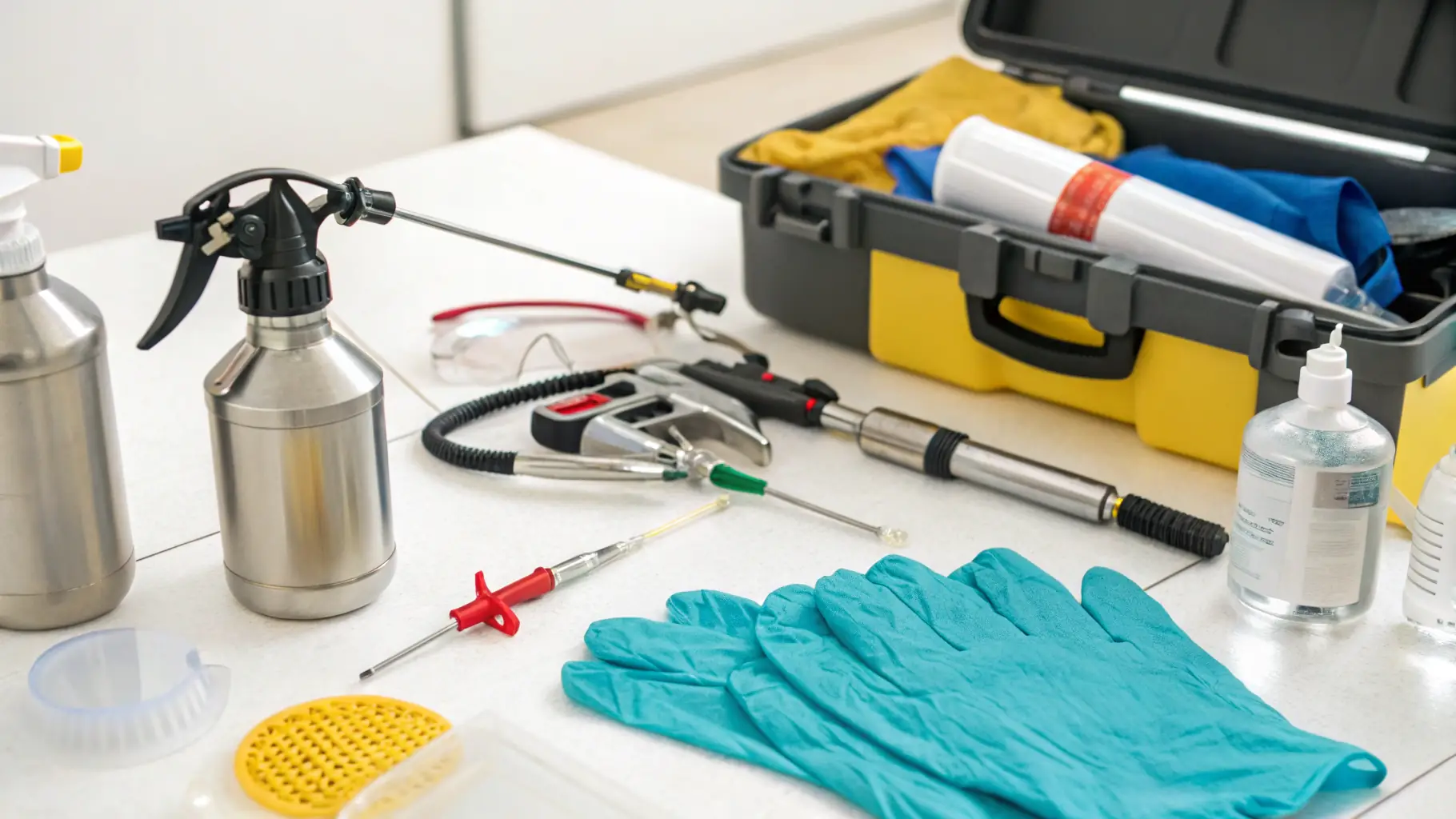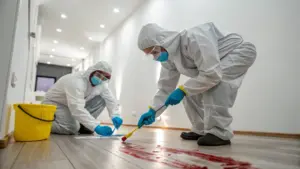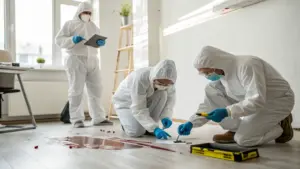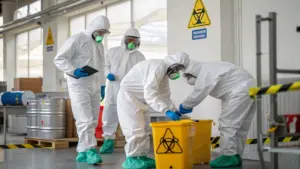Biohazard cleanup is a specialized field requiring careful handling and adherence to strict protocols. It involves the safe removal and disposal of potentially hazardous materials, ensuring the safety of personnel and the environment. This process often involves specialized equipment and training, and is crucial for preventing the spread of disease and contamination. Understanding the different types of biohazards and the proper procedures for handling them is essential for effective cleanup. Different types of biohazards require different approaches. For example, a death scene cleanup will differ significantly from a crime scene cleanup. Proper identification and categorization of the biohazard are critical for selecting the appropriate safety measures and disposal methods. This includes understanding the potential risks associated with each type of biohazard and implementing the necessary precautions to prevent further contamination. The goal is to ensure a safe and clean environment for everyone involved. Safety is paramount in biohazard cleanup. Specialized protective gear, including personal protective equipment (PPE), is essential to safeguard the health of the cleanup crew. Proper disposal methods for contaminated materials are also crucial to prevent the spread of disease. Adherence to strict protocols and guidelines is vital to ensure the safety of the environment and the well-being of those involved in the cleanup process. Thorough decontamination procedures are also necessary to eliminate any residual contamination.
Suicide Scene Cleanup: A Sensitive and Specialized Service
Suicide scene cleanup requires a unique blend of sensitivity, expertise, and adherence to strict protocols




